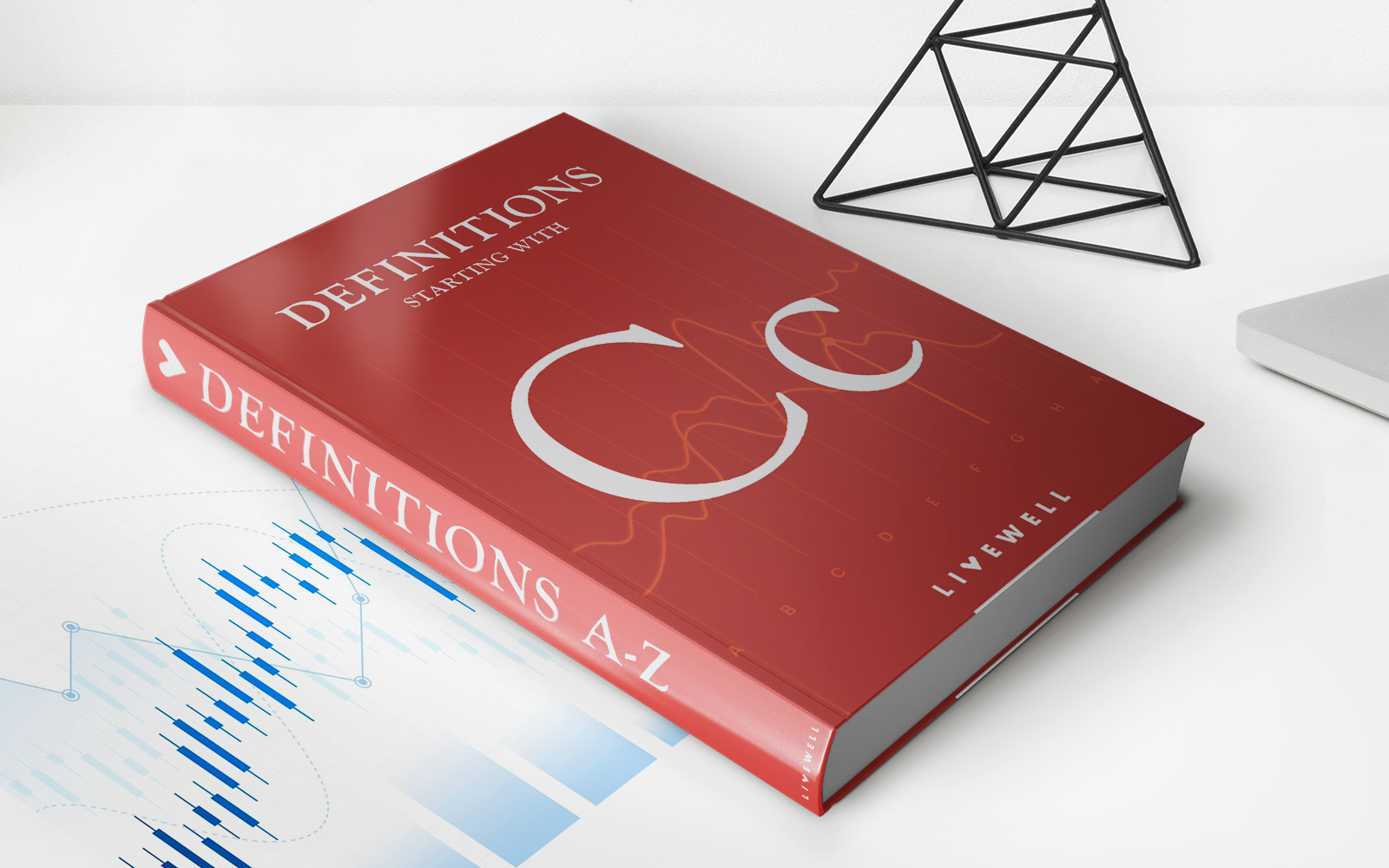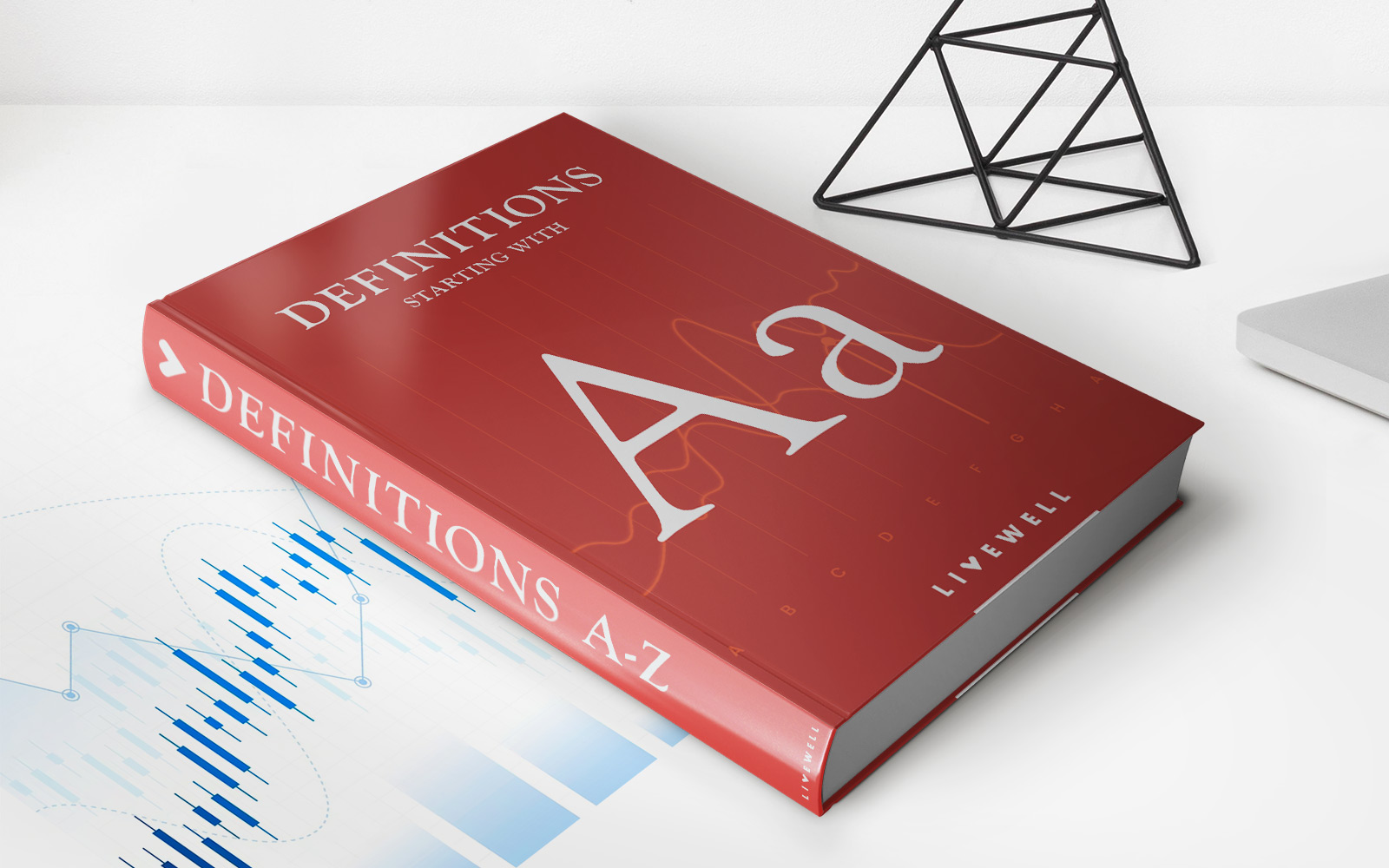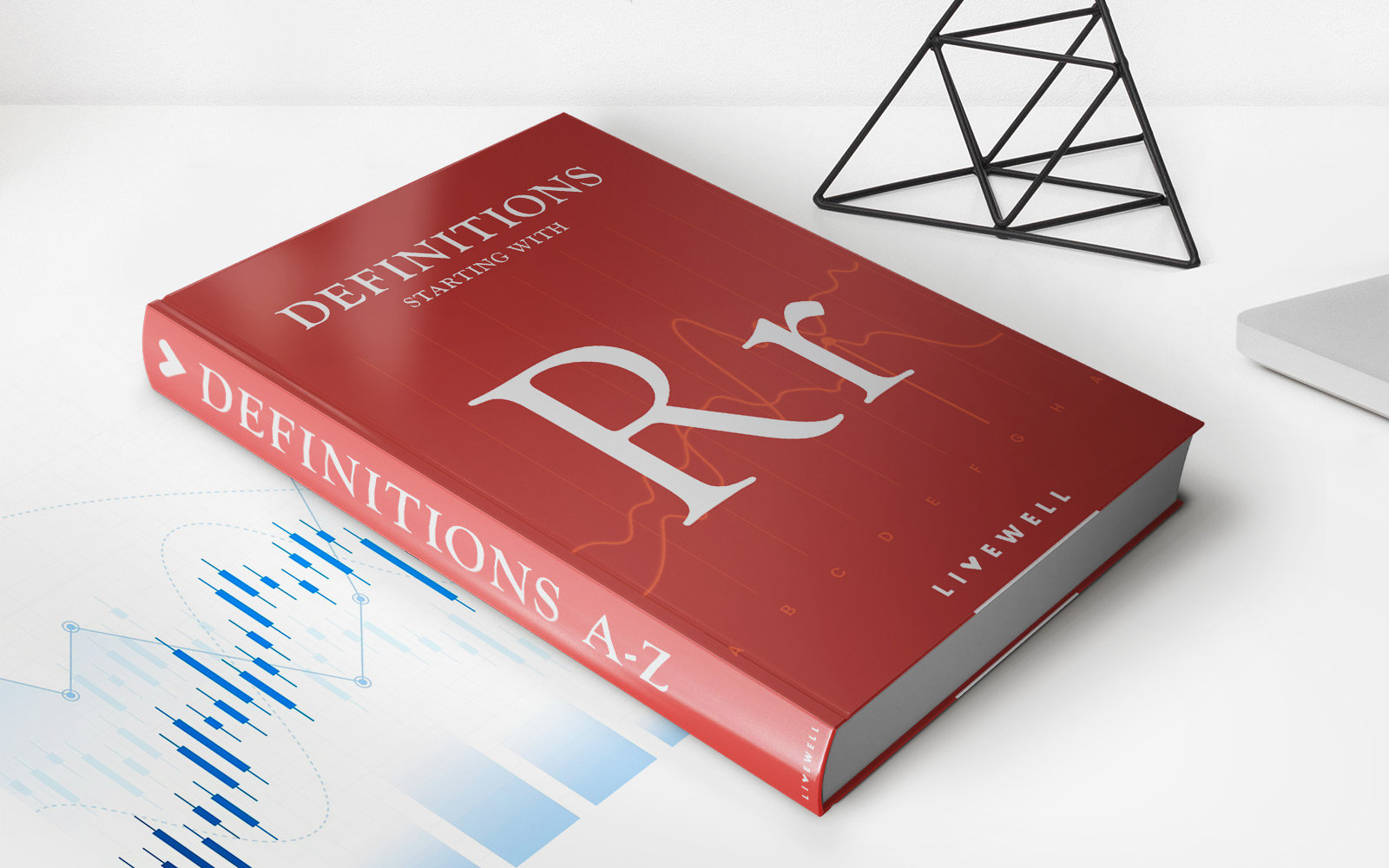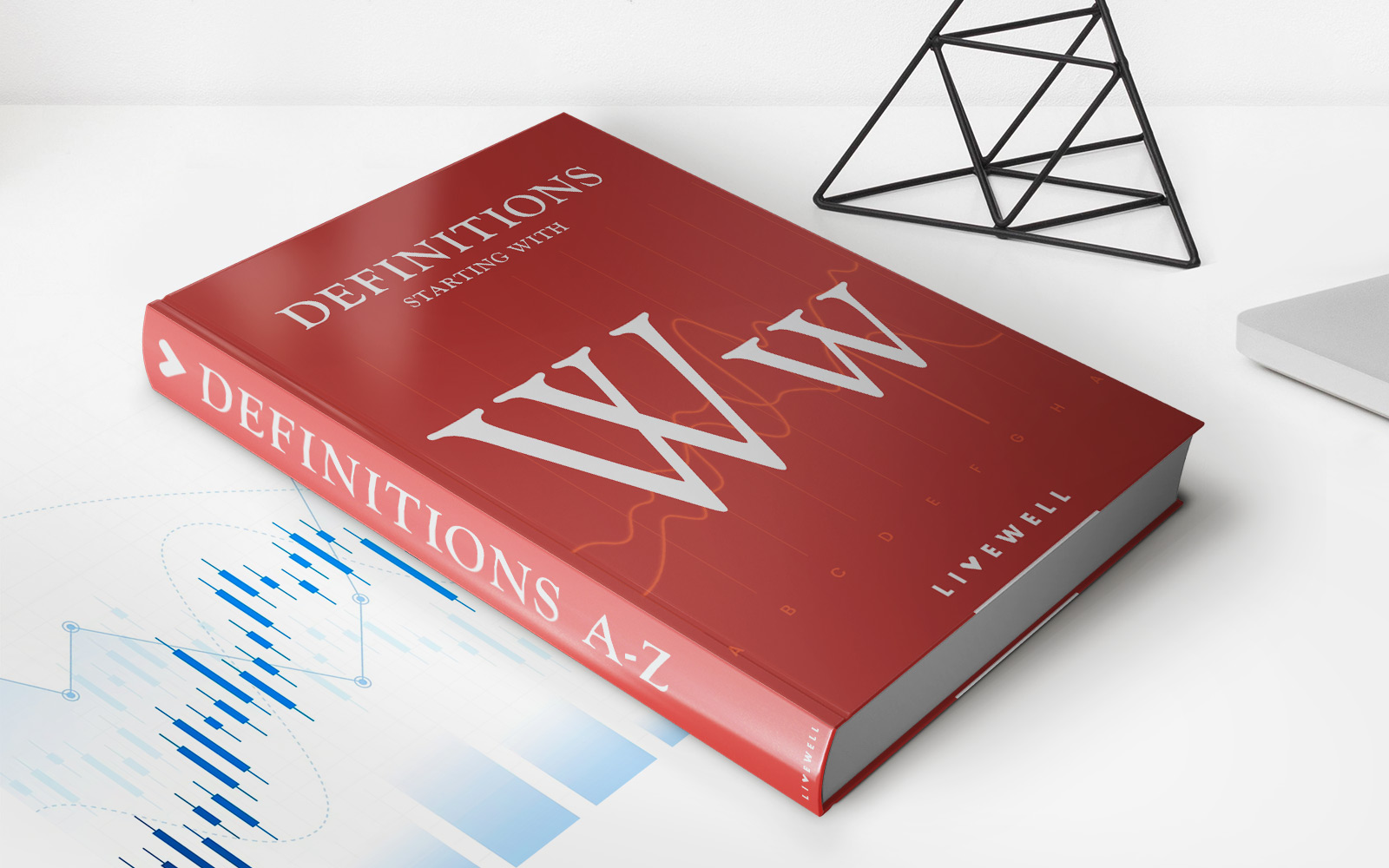

Finance
How Does A Union Pension Work
Published: November 27, 2023
Learn how a union pension works and how it can contribute to your financial stability. Gain insights into the benefits and complexities of union pensions.
(Many of the links in this article redirect to a specific reviewed product. Your purchase of these products through affiliate links helps to generate commission for LiveWell, at no extra cost. Learn more)
Table of Contents
Introduction
A union pension is an essential component of the employee benefits package offered to members of labor unions. It is a retirement plan specifically designed for unionized workers, providing them with financial security during their golden years. This article will delve into the key aspects of how a union pension works, including contributions, vesting, benefit calculations, retirement age, distribution, funding, and potential risks.
Union pensions play a vital role in ensuring that workers have a stable income after they retire. They are structured to provide a monthly payment to eligible retirees based on factors such as length of service, salary history, and the specific terms outlined in the union’s pension plan.
Understanding the ins and outs of a union pension is crucial for both union members and those considering joining a unionized workforce. By comprehending how these pensions function, workers can make informed decisions about their future financial plans and retirement goals.
In the following sections, we will explore the intricacies of union pensions, shedding light on the contributions made, how benefits are calculated, the retirement age requirements, and the distribution of pension benefits. We will also delve into the funding and investment of union pensions, as well as discuss potential risks and challenges that could impact these retirement plans. By the end of this article, you will have a comprehensive understanding of how a union pension works and its significance in securing financial stability for unionized workers.
What is a Union Pension?
A union pension, also known as a defined benefit pension plan, is a retirement plan provided to workers who are members of a labor union. It is structured to provide a guaranteed monthly income to eligible retirees based on a combination of factors, including years of service, salary history, and specific provisions outlined in the union’s pension plan.
Unlike a 401(k) or individual retirement account (IRA), where the retirement income is dependent on the amount of money contributed and investment returns, a union pension guarantees a specific payout to the retiree. This means that even if market conditions fluctuate, the retiree’s monthly pension payment remains unaffected.
Union pensions are typically funded through contributions made by both the employer and the employees. The contributions are based on a percentage of the employee’s salary and are designed to build a pool of funds that will be used to pay out retirement benefits.
One of the key distinctions of a union pension is that it is a collectively bargained benefit. The terms and conditions of the pension plan are negotiated between the union and the employer. This negotiation process ensures that workers receive fair and competitive retirement benefits that align with industry standards.
Overall, a union pension serves as a valuable tool for securing a stable income during retirement. It provides unionized workers with peace of mind, knowing that they will receive a reliable retirement income that is not subject to market volatility. It also serves as a crucial component in attracting and retaining highly skilled workers in unionized industries.
Next, we will explore the contributions made to a union pension and how they contribute to building a solid financial foundation for retirees.
Contributions to a Union Pension
Contributions to a union pension are made by both the employer and the employees, with the goal of building a substantial pool of funds that will be used to support retirees in their later years. The contributions are typically calculated as a percentage of the employee’s salary and are made on a regular basis throughout their working years.
The specific contribution amounts and breakdown between employer and employee may vary depending on the terms negotiated in the union’s collective bargaining agreement. In some cases, the employer may cover a larger portion of the contributions, while in others, the responsibility may be more evenly distributed between employer and employee.
The contributions are typically based on a fixed percentage of the employee’s salary, known as the “contribution rate.” This rate is set by the pension plan and is often adjusted periodically to ensure the long-term financial viability of the plan. The contribution rate may vary depending on factors such as the employee’s age, years of service, and salary level.
Employees’ contributions to their union pension are usually deducted directly from their paycheck, much like taxes or other payroll deductions. These contributions are considered pre-tax, meaning they are deducted from the employee’s gross income before income taxes are calculated. This offers a tax advantage to the employee, as it reduces their taxable income for the year.
Employer contributions to the union pension are typically made directly to the pension fund. These contributions are considered a cost of doing business for the employer and are often tax-deductible. The employer’s contributions, along with those made by the employees, help to build the overall pension fund and ensure its financial stability.
It’s important to note that the contributions made to a union pension are not immediately available for withdrawal by the employee. Unlike a 401(k) or IRA, where the contributions can be accessed before retirement with penalties, union pension contributions are typically locked in until the employee reaches the eligible retirement age as defined by the pension plan.
In the next section, we will explore the concept of vesting in a union pension and how it determines the employee’s entitlement to the benefits accrued during their years of service.
Vesting in a Union Pension
Vesting refers to the employee’s right to receive the pension benefits accrued during their years of service. It determines the employee’s level of ownership and entitlement to the pension funds contributed on their behalf. Vesting rules vary depending on the specific terms outlined in the union’s pension plan.
Most union pension plans follow a vesting schedule that gradually increases the employee’s ownership rights over time. This means that the longer an employee stays with their employer and participates in the pension plan, the greater their vested interest in the pension funds becomes.
For example, a pension plan may have a standard vesting schedule that grants employees 20% ownership after two years of service, 40% after five years, 60% after ten years, 80% after fifteen years, and 100% after twenty years of service. Once an employee reaches 100% vesting, they are entitled to the full benefits accrued in their pension account.
Vesting requirements are designed to incentivize long-term employment and reward loyalty to the employer and the union. By encouraging employees to stay with the company for an extended period, it ensures that retirees receive substantial benefits for their years of service.
It is important to note that if an employee leaves their employer before fully vesting in the pension plan, they may forfeit a portion or all of their unvested benefits. However, the exact rules regarding vesting and forfeiture are outlined in the pension plan documents and may vary depending on the specific terms negotiated in the union’s collective bargaining agreement.
Once an employee is fully vested in their union pension, they become eligible to receive their pension benefits upon reaching the retirement age specified in the pension plan. The retirement age and options for accessing the pension benefits will be discussed in the following section.
In the next section, we will explore how benefits are calculated in a union pension, taking into account factors such as years of service and salary history.
How Benefits are Calculated
Calculating the benefits in a union pension involves several factors, including years of service, salary history, and the specific provisions outlined in the pension plan. The goal is to provide retirees with a monthly income that reflects their years of dedication and contribution to the workforce.
One of the primary factors in benefit calculation is the employee’s years of service. Typically, the more years an employee works while being a part of the pension plan, the higher their pension benefit will be. For each year of service, a certain percentage of the employee’s average salary during that period is applied to the benefit calculation.
The average salary used in the benefit calculation is often determined by taking into account the employee’s highest earning years. This is commonly referred to as the “final average salary” or “base salary.” The specific method for determining the average salary may vary based on the pension plan’s rules. Some plans may take the average of the highest consecutive years, while others may consider the highest earning years throughout the employee’s career.
In addition to years of service and average salary, the pension plan may also factor in other variables to determine the final benefit amount. These variables can include cost-of-living adjustments (COLAs), early retirement penalties, and survivor benefits for the employee’s spouse or dependents.
It’s important to note that the benefit calculation formula can vary from one pension plan to another. Each pension plan has its own unique formula for calculating benefits based on the plan’s provisions, negotiated terms, and relevant regulations. Therefore, it is crucial for union members to thoroughly review the pension plan documents to understand how their specific benefits are determined.
Once the benefit amount is calculated, it represents the monthly pension income that the retiree will receive after reaching the eligible retirement age. The retirement age and options for accessing the pension benefits will be explored in the following section.
In the next section, we will discuss the retirement age requirements and the various options for accessing pension benefits in a union pension plan.
Retirement Age and Options
The retirement age in a union pension plan refers to the age at which eligible employees can start receiving their pension benefits. The specific retirement age is determined by the terms outlined in the pension plan, often in conjunction with applicable laws and regulations.
Traditionally, the standard retirement age for union pensions has been 65 years old. However, many pension plans offer early retirement options that allow employees to start receiving reduced pension benefits before reaching the standard retirement age. The reduction in benefits is typically due to the longer period of time over which the benefits will be paid out.
Some pension plans also include provisions for late retirement, which allows employees to delay their retirement and accrue additional pension benefits. This can be advantageous for workers who wish to continue working beyond the standard retirement age to further secure their financial future.
In addition to the retirement age options, there may be different choices available for how pension benefits are distributed. These options could include:
- Lump-sum payment: Some pension plans offer the option for retirees to receive their pension benefits in a single lump-sum payment. This can be a preferred option for individuals who wish to have full control of their pension funds to invest or allocate as they see fit.
- Monthly annuity payments: The most common method of receiving pension benefits is through monthly annuity payments. Retirees receive a steady stream of income throughout their retirement, providing a stable financial foundation.
- Joint and survivor annuity: This option allows the retiree to choose a reduced monthly benefit amount to ensure that their spouse or dependents continue to receive a portion of the pension benefits after the retiree’s death.
The retirement age and benefit distribution options may vary based on the specific terms of the pension plan. It is crucial for union members to thoroughly review the plan documents and consult with pension administrators to understand the options available to them.
In the next section, we will explore the distribution of pension benefits and how retirees can access their funds.
Distribution of Pension Benefits
Once retirees reach the eligible retirement age and are ready to access their pension benefits, they have various options for receiving their funds. The distribution of pension benefits ensures that retirees receive a steady income stream to support them throughout their retirement years.
The most common method of distributing pension benefits is through monthly annuity payments. With this option, retirees receive a predetermined amount each month, providing a reliable and consistent income source. The annuity payments are typically calculated based on factors such as years of service, average salary, and other provisions outlined in the pension plan.
Retirees may also have the option to receive their pension benefits in a lump-sum payment. This means that they would receive the full amount of their pension in a one-time payment. This option can provide retirees with a significant amount of money upfront, which they can use for various purposes like paying off debts, investing, or purchasing property. Choosing the lump-sum option requires careful consideration, as it involves managing and investing a substantial sum of money effectively.
In some cases, retirees may have the choice to combine both options. They can choose to receive a portion of their pension benefits as a lump-sum payment, while the remaining funds are distributed as monthly annuity payments. This hybrid approach allows retirees to strike a balance between immediate financial needs and long-term income stability.
Another option that may be available to retirees is the joint and survivor annuity. This allows retirees to choose a reduced monthly benefit amount, with the assurance that their spouse or dependents will continue to receive a portion of the pension benefits after their death. This is particularly important for ensuring financial security for loved ones even after the retiree is no longer alive.
It’s essential for retirees to carefully consider their financial situation, goals, and lifestyle when deciding on the distribution of their pension benefits. Consulting with a financial advisor or pension administrator can provide valuable guidance and help retirees make informed decisions.
In the next section, we will delve into the funding and investment of union pensions, examining how funds are amassed and managed to support retirees’ financial needs.
Funding and Investment of Union Pensions
The funding of union pensions involves the accumulation of funds that will be used to pay out retirement benefits to eligible workers. Contributions made by both the employer and employees are a significant source of funding for union pensions. These contributions are invested in various assets to grow the pension fund over time.
After contributions are made, pension funds are typically managed by professional investment managers who oversee the investment strategy for the fund. The goal is to generate returns on the investments that will help sustain the pension plan and ensure that it remains financially viable.
The types of investments made by union pension funds may include a diverse range of assets, such as stocks, bonds, real estate, and alternative investments. The specific investment strategy is determined based on factors such as the pension plan’s risk tolerance, financial goals, and market conditions.
It’s important to note that the investment decisions made by pension funds are subject to regulations and guidelines to protect the interests of the plan participants. Union pension funds are governed by fiduciary duties, which require the investment managers to act in the best interests of the pension plan and its beneficiaries.
The investment performance of the pension fund plays a crucial role in ensuring the plan’s long-term financial stability. A well-managed and successful investment strategy can help grow the fund’s assets, generate sufficient returns, and fulfill the pension obligations to retirees.
Pension funds also undergo regular monitoring and evaluation to assess the performance of the investment portfolio. This monitoring process allows for adjustments to be made, if necessary, to optimize the fund’s performance and mitigate potential risks.
The funding and investment of union pensions are vital components of ensuring the financial security and stability of retirees. When managed prudently, these funds can provide a reliable source of income for union members during their retirement years.
In the next section, we will discuss potential risks and challenges that might impact union pension plans and how they can be addressed to safeguard the retirees’ benefits.
Potential Risks and Challenges
While union pensions offer crucial financial security for retirees, there are potential risks and challenges that may impact these pension plans. It is important for both union members and pension administrators to be aware of these risks and take steps to address them effectively.
One of the significant risks is investment risk. Pension funds invest in various assets to grow the fund and generate returns. However, fluctuations in the financial markets can affect investment performance, potentially leading to losses. To mitigate this risk, pension funds typically diversify their investments across different asset classes and employ risk management strategies to minimize volatility and protect the fund’s value.
Another challenge is funding risk. Unforeseen economic conditions, changes in industry dynamics, or fluctuations in the labor market can impact the financial health of an employer, potentially jeopardizing their ability to contribute to the pension plan. This risk can be addressed through regular monitoring of employer contributions, imposing financial safeguards, and contingency plans to ensure the pension fund remains adequately funded.
Longevity risk is another concern associated with union pensions. As people are living longer, retirees may be drawing pension benefits for an extended period of time, placing strain on the sustainability of the pension fund. To manage this risk, pension plans may adjust the retirement age, use actuarial assumptions to project future benefit obligations, or introduce cost-of-living adjustments that align with increases in life expectancy.
Legislative and regulatory changes can pose challenges to union pension plans. Changes in tax laws, pension regulations, or labor laws may impact the funding requirements, benefit calculations, or even the existence of the pension plan itself. It is essential for pension administrators to stay informed and adapt quickly to changes in regulations, ensuring compliance and protecting the interests of plan participants.
Additionally, economic downturns or recessions can affect the financial stability of pension funds. Market volatility and economic uncertainties can result in investment losses or reduced employer contributions. Actions such as implementing risk management strategies, conducting periodic stress tests, and maintaining adequate reserve funds can help pension plans withstand challenging economic conditions.
By identifying and addressing these potential risks and challenges, union pensions can continue to provide the retirement security that workers deserve. Proactive measures such as diligent monitoring, effective risk management strategies, and collaboration between unions, employers, and pension administrators are key to overcoming these challenges and safeguarding retirees’ benefits.
Finally, let’s conclude the article in the next section.
Conclusion
Union pensions play a vital role in providing financial security to members of labor unions during their retirement years. These defined benefit pension plans ensure that retirees receive a guaranteed monthly income based on their years of service, salary history, and the provisions outlined in the pension plan.
Contributions to union pensions, made by both employers and employees, help build a fund that supports retirees. The pension funds are invested in a diverse range of assets to generate returns and sustain the long-term financial viability of the plan.
Vesting in a union pension determines the employee’s ownership rights and entitlement to the pension benefits accrued during their years of service. It incentivizes loyalty and long-term employment with the employer and ensures that retirees receive substantial benefits for their dedication.
Pension benefits are calculated based on factors such as years of service and average salary. Retirees have options for accessing their benefits, including monthly annuity payments, lump-sum distributions, or a combination of both. Some plans also offer joint and survivor annuity options to ensure continued financial support for dependents.
Funding and investment management are crucial elements in the success of union pensions. Pension funds are invested to generate returns, and careful monitoring and risk management strategies are employed to protect the fund’s value and mitigate potential risks.
Despite the benefits union pensions offer, there are risks and challenges that need to be addressed. These include investment risk, funding risk, longevity risk, and potential legislative and economic changes. Diligent monitoring, risk management strategies, and adaptability are essential to navigate these challenges and protect retiree benefits.
In conclusion, union pensions provide a crucial safety net for workers, ensuring financial stability during retirement. By understanding how these pensions work, workers can make informed decisions about their future and enjoy a well-deserved retirement with peace of mind.














